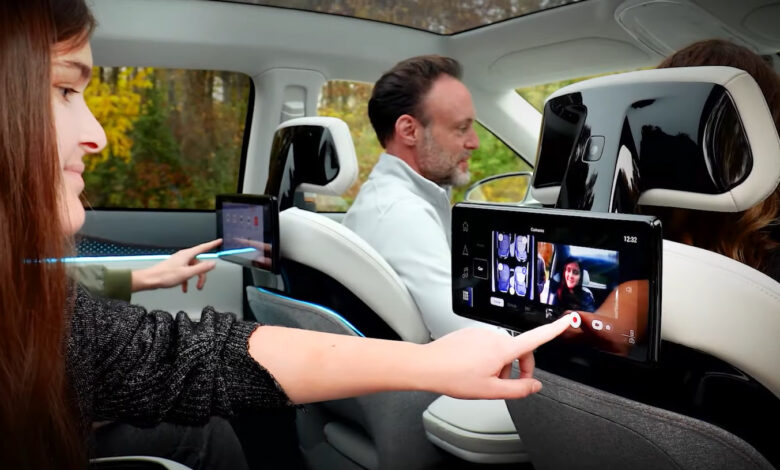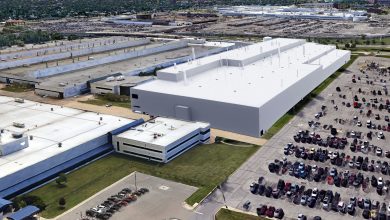Stellantis Implements Multifaceted Semiconductor Strategy
Ensure Supply Security, Drive Innovation...

Semiconductors have become the linchpin of automotive performance, safety, and advanced customer features in today’s vehicles. Recognizing the growing demand for semiconductors in the auto industry, Stellantis has developed a multifaceted strategy to secure the long-term supply of vital microchips. This strategy, crafted through a meticulous assessment of customer desires and aligned with the objectives of the Stellantis Dare Forward 2030 plan, aims to enhance the company’s vehicle technology platforms and cater to the evolving automotive landscape.

Enhancing Transparency and Risk Mitigation:
Stellantis has taken proactive steps to manage and secure its semiconductor supply chain effectively. The company has implemented a semiconductor database, offering full transparency on the semiconductor content within its vehicles. This database enables Stellantis to have a comprehensive overview of its semiconductor requirements and optimize supply chain operations accordingly.
Furthermore, a systematic risk assessment process has been established to identify and eliminate legacy parts that may pose risks to the company’s production lines. By proactively addressing potential supply chain disruptions, Stellantis can ensure the smooth operation of its manufacturing facilities and minimize any adverse impact on vehicle production.

Long-Term Demand Forecasting and Capacity Agreements:
To strengthen its semiconductor supply chain resilience, Stellantis employs long-term chip-level demand forecasting. This practice allows the company to anticipate future requirements accurately and establish capacity securitization agreements with chipmakers and Silicon Foundries. By collaborating closely with semiconductor suppliers, Stellantis aims to secure the necessary production capacity to meet its long-term demand.

Controlled Allocation and Reduced Chip Diversity:
Stellantis has introduced a green list, which helps reduce chip diversity and grants the company greater control over chip allocation during potential shortages. By streamlining its semiconductor ecosystem, Stellantis can strategically allocate resources and prioritize critical components, ensuring the continued production of vehicles with minimal disruption.
Strategic Partnerships and In-House Development:
Recognizing the importance of collaboration, Stellantis has engaged with strategic semiconductor providers like Infineon, NXP Semiconductors, onsemi, and Qualcomm. These partnerships aim to enhance Stellantis’ all-new, state-of-the-art STLA platforms and technologies, enabling the company to deliver cutting-edge features and innovations to customers.
Additionally, Stellantis is working with aiMotive and SiliconAuto to develop its own differentiating semiconductors in the future. By investing in in-house semiconductor development, Stellantis can further differentiate its vehicles and optimize performance, efficiency, and safety through tailored chipsets.

Supply Agreements and Future Transformation:
To ensure a stable supply of semiconductors, Stellantis has already entered into direct agreements with a purchasing value exceeding €10 billion ($11.2 billion USD) through 2030. These agreements cover crucial microchips such as Silicon Carbide (SiC) MOSFETS, which are vital for the range of electric vehicles, Microcontroller Units (MCUs) that power the computing zones in the STLA Brain electrical architecture, and System-on-a-chip (SoC) technologies essential for high-performance computing (HPC) units responsible for in-vehicle infotainment and autonomous driving assist functions.
By prioritizing the role of semiconductors in vehicle development, Stellantis is transforming itself into a sustainable mobility tech company, as outlined in the Dare Forward 2030 plan. Semiconductors enable advanced features, functions, and connectivity in Stellantis’ BEV-native STLA global platforms, while the STLA Brain, STLA SmartCockpit, and STLA AutoDrive platforms leverage semiconductor innovations to offer seamless connectivity, remote upgradability, and a flexible service-oriented electrical/electronic architecture.






1 reply
Loading new replies...
Join the full discussion at the Mopar Insiders Forum →